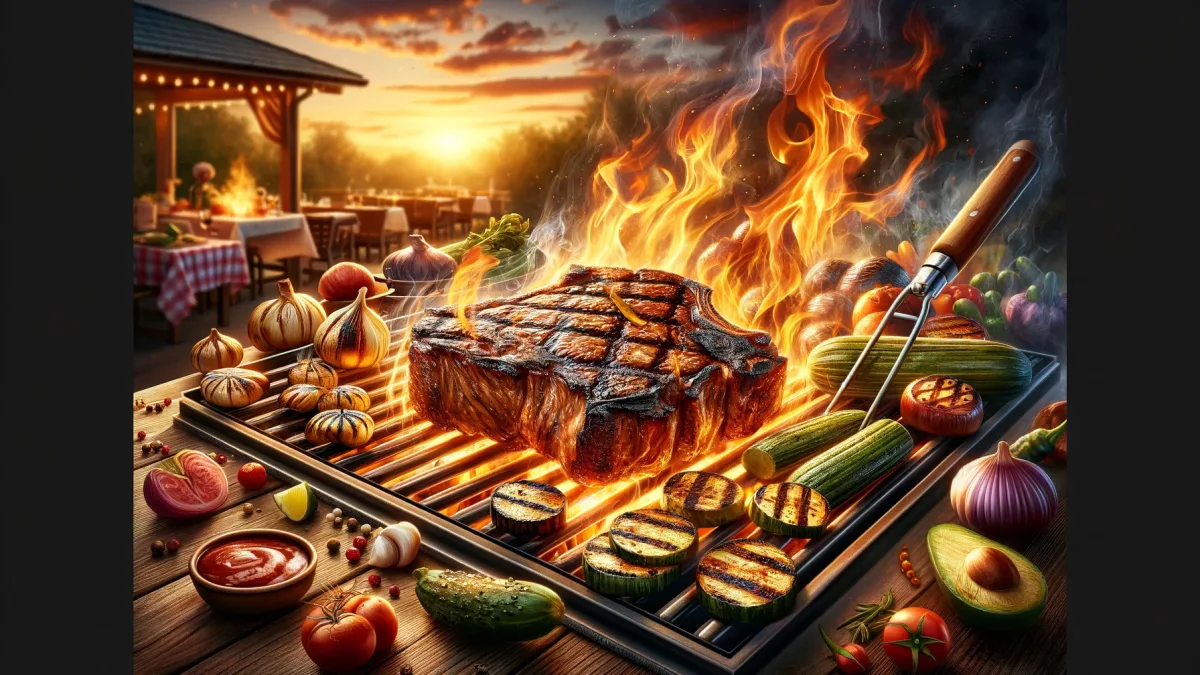In the culinary world, the term “charred” has come to signify a unique cooking technique and flavor profile that enthusiasts and chefs alike seek to master. Going beyond the simple notion of being burnt, charring is about flirting with the fine line between caramelization and carbonization, where the surface of food is intentionally blackened to enhance its taste and texture. This method, often associated with grilling, imparts a smoky, slightly bitter flavor that adds depth and complexity to dishes.
Understanding the art of charring requires a bit of science. When food is exposed to high heat, its sugars and proteins undergo a series of chemical reactions known as the Maillard reaction, leading to the browning and creation of new flavors. Charring takes this process a step further, introducing a distinct smokiness by slightly burning the food’s outer layer. However, this technique demands precision; too little heat and you miss the desired effect, too much, and you’re left with nothing but ash.
Charring isn’t limited to meats; vegetables and fruits can also benefit from this method. Charred vegetables, like bell peppers, onions, or corn, reveal a sweet, smoky character that raw or simply cooked versions lack. Similarly, fruits such as pineapple or peaches develop a caramelized exterior that contrasts beautifully with their juicy interior, making them perfect for summer barbecues or as a garnish for cocktails and desserts.
The equipment for charring is as simple or sophisticated as you prefer. A basic grill, either charcoal or gas, is the most traditional method, offering direct contact with intense heat. However, a cast-iron skillet on a stovetop can also achieve a similar effect, especially for quick, indoor charring. For those seeking the utmost convenience, culinary torches offer precise control, allowing chefs to char specific areas with accuracy.
Incorporating charring into your cooking repertoire is an adventure in taste and texture. Begin with simple ingredients and experiment with different levels of charring. Pay attention to the heat source, the distance between the food and the flame, and the timing. These factors determine the outcome, influencing whether you achieve a lightly charred surface that’s still moist and tender inside or a fully blackened crust that envelops a smoky interior.
Pairing charred foods with the right components can elevate a meal from good to unforgettable. The boldness of charred flavors balances well with fresh, acidic, or creamy elements. For example, a charred steak pairs beautifully with a bright chimichurri sauce, while charred broccoli or brussels sprouts can be complemented with a drizzle of lemon juice or a dollop of tahini.
As with any cooking technique, mastering charring comes down to practice and intuition. The more you experiment, the better you’ll understand how different foods react to high heat and how to achieve that perfect balance of smokiness and tenderness. Whether you’re a seasoned chef or a curious home cook, embracing the char can transform the ordinary into the extraordinary, adding a new dimension to your culinary creations.
In summary, charring is not merely burning food but an art form that enhances flavors and textures through controlled exposure to high heat. It’s a testament to the culinary world’s constant evolution and the endless quest for depth and complexity in our meals. So the next time you fire up the grill or reach for that cast-iron skillet, consider the charred path less traveled and discover the delicious possibilities it holds.









Leave a Reply